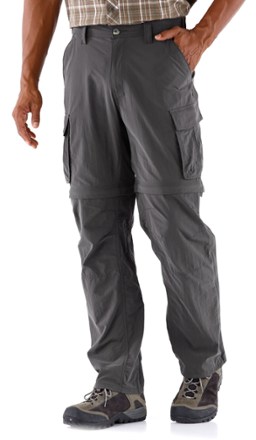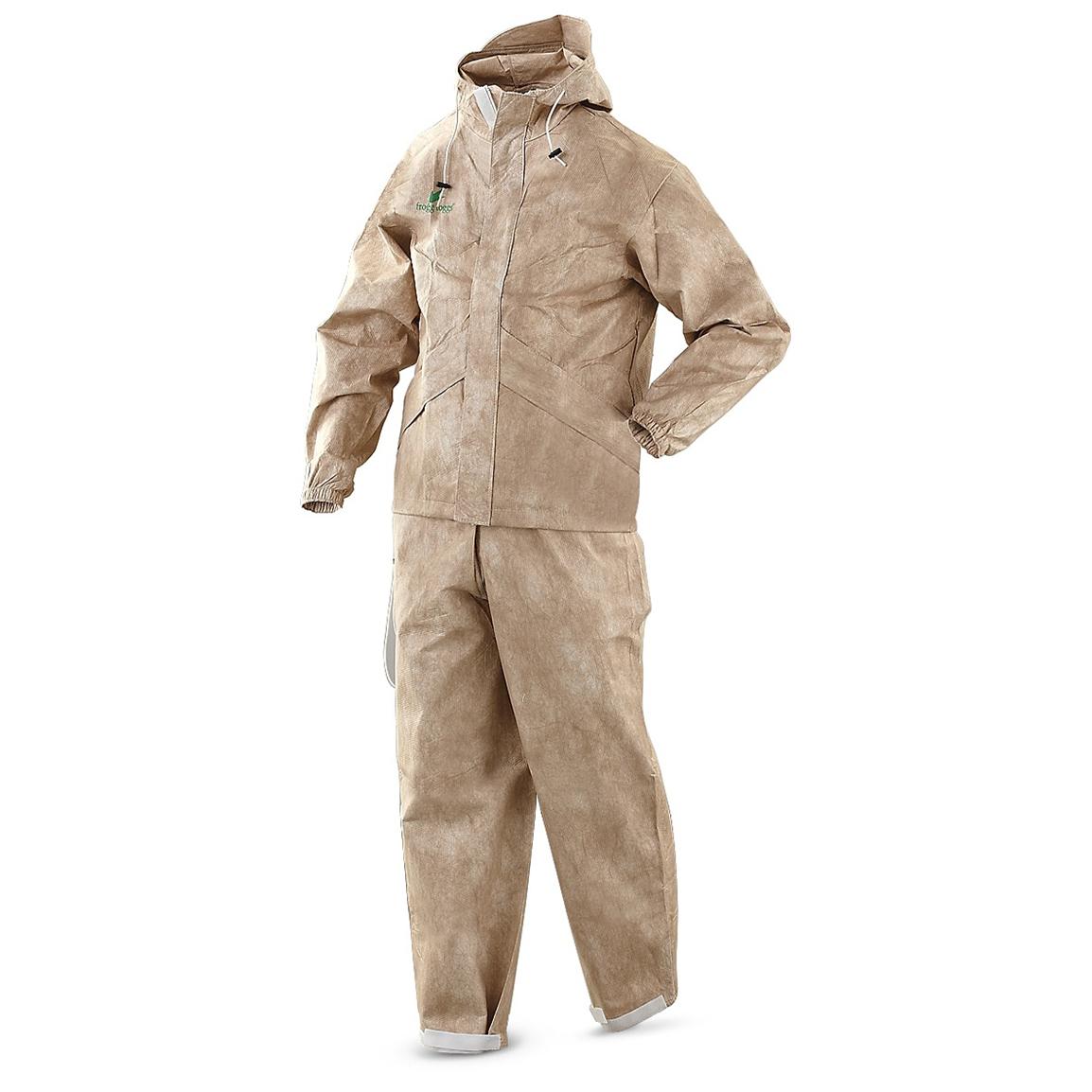Before I started backpacking, I day hiked. Growing up I had always gone on shorter hikes to places like Weaver Lake, Big Baldy, and others in SEKI and the surrounding areas. My first real strenuous day hike was the summer before my senior year of high school to Alta Peak and Pear Lake, and I was immediately hooked. The following year I went on a dozen hikes with half of them over 12 miles, no piece of cake. As I got more adventurous my hikes became longer, off-trail, and generally more extreme, sometimes approaching and topping 20 miles. But you don't have to be that crazy to go hiking. In fact, you probably already have most of these items, but if you do feel like becoming more serious, this is the stuff I would make sure to get.
Footwear
I have covered my opinions on shoes vs. boots on my other blog post My Thoughts on Footwear, so I'll try to keep it brief here. I started out by just wearing regular Nike athletic shoes, and they worked out fine for years. Athletic shoes fit well, are lightweight,broken in, and you (most likely) already have them. Some long distance hikers still hike in Nikes, New Balances or other cheap shoe.
Socks
Basic Hiking Clothes
For years I wore athletic shorts and a dri-fit shirt when hiking and I see lots of people still doing it. I currently wear an OD green dri-fit shirt I got on sale at Dick's and really like its breathability. I used to wear Army surplus camo pants, because I could get them for $20 at the surplus store. They are heavy duty and don't wear out easily, but they are not the lightest pants out there. While browsing REI I noticed a pair of convertible hiking pants on clearance, and in my size no less! Given this fortuitous event, I upgraded. Hats are also important, especially at 10,000 feet, where there's much less atmosphere to protect from UV rays. I used to use a $10 flat brim hat from Walmart, but upgraded to a nicer hat when I got the chance. I wouldn't recommend a baseball cap unless sunscreen is used, as they don't protect the back of your neck (speaking from an experience I wore for a few days after). I also like to take a light jacket/sweatshirt when hiking, in case it gets cold or windy while hiking. "Cotton kills" as the saying goes, so synthetic is a must to keep you warm when you're wet or sweaty.
Rain/Wind Layer
In the Sierra in summer, there's often no reason to worry about rain or wind, especially when day hiking. If there is rain forecasted it's easy to postpone the trip or hike somewhere not affected by the weather system. That's not to say that I haven't done my fair share of hiking in the rain. At the time I was wearing a thin nylon shell I wore, but after 5 minutes of hiking in the rain I decided that sweating in a jacket was worse than getting soaked in the rain. Since then I've looked at other options including Gore-tex, but the price dissuaded me. After reading a forum thread on WhiteBlaze I found FroggToggs. WhiteBlaze is the Appalachian Trail's forum and so I trusted it in regards to raingear, since it rains quite a bit on the AT. A set of FroggToggs are available at Big5 for ~$25, a pretty good deal for breathable waterproof gear. Panchos are another option, as they allow for lots of airflow while still maintaining a highly waterproof surface. While rain isn't that common in summer Sierra conditions, wind can be at higher elevations and mountain peaks/passes. I mostly take my FroggToggs for the added layer of insulation in these conditions, more so than for rain protection.
Base Layer
Whenever I start a hike early in the morning, I wear a long-sleeve polyester skin tight shirt under my normal hiking shirt. It adds that extra layer of insulation that really helps keep you warm. Plus the polyester wicks away sweat and keeps me dry. When on an overnighter or when it's really cold, I'll take long underwear, but very rarely on a summer day hike. Again, cotton is highly discouraged, especially for a base layer. It gets drenched in sweat and chills you very quickly, and doesn't dry out at all. Wool would be ideal as it wicks well and has anti-microbial properties to prevent stink.
Hydration/Purification
Water and hydration are very important when hiking, and getting clean water while hiking is equally important. When first starting hiking, carry a couple liters of water and don't worry about filling up on the trail, But as you go on longer and longer hikes, carrying increasingly more water isn't a viable solution. Sooner or later you're going to have to get a water purifier. I had used a camelbak for years because I could drink on the go and not have to worry about water bottles. I had an adapter that plugged into my Katadyn water filter so I could pump fresh water into the bladder without having to take it out of my backpack. After a couple years of hiking, my pump's filter was getting clogged, so I was looking to replace it. $50 for a new filter!!! So I started looking for other options. After reading up on Sawyer Mini I decided that for the price ($20) I couldn't go wrong. I ditched the pump, camelbak and decided to just bring two 1L SmartWater bottles. The Sawyer screws on the top and allows me to filter as I go, and save quite a bit of weight. I know lots of people who use the steripen, as prices have come down and they offer fast, easy purification. They use a UV light to kill bacteria, protozoa, and even viruses. The problem is that they take 4 AA batteries and don't work very well in colder weather, but the ease of use may make up for that.







No comments:
Post a Comment